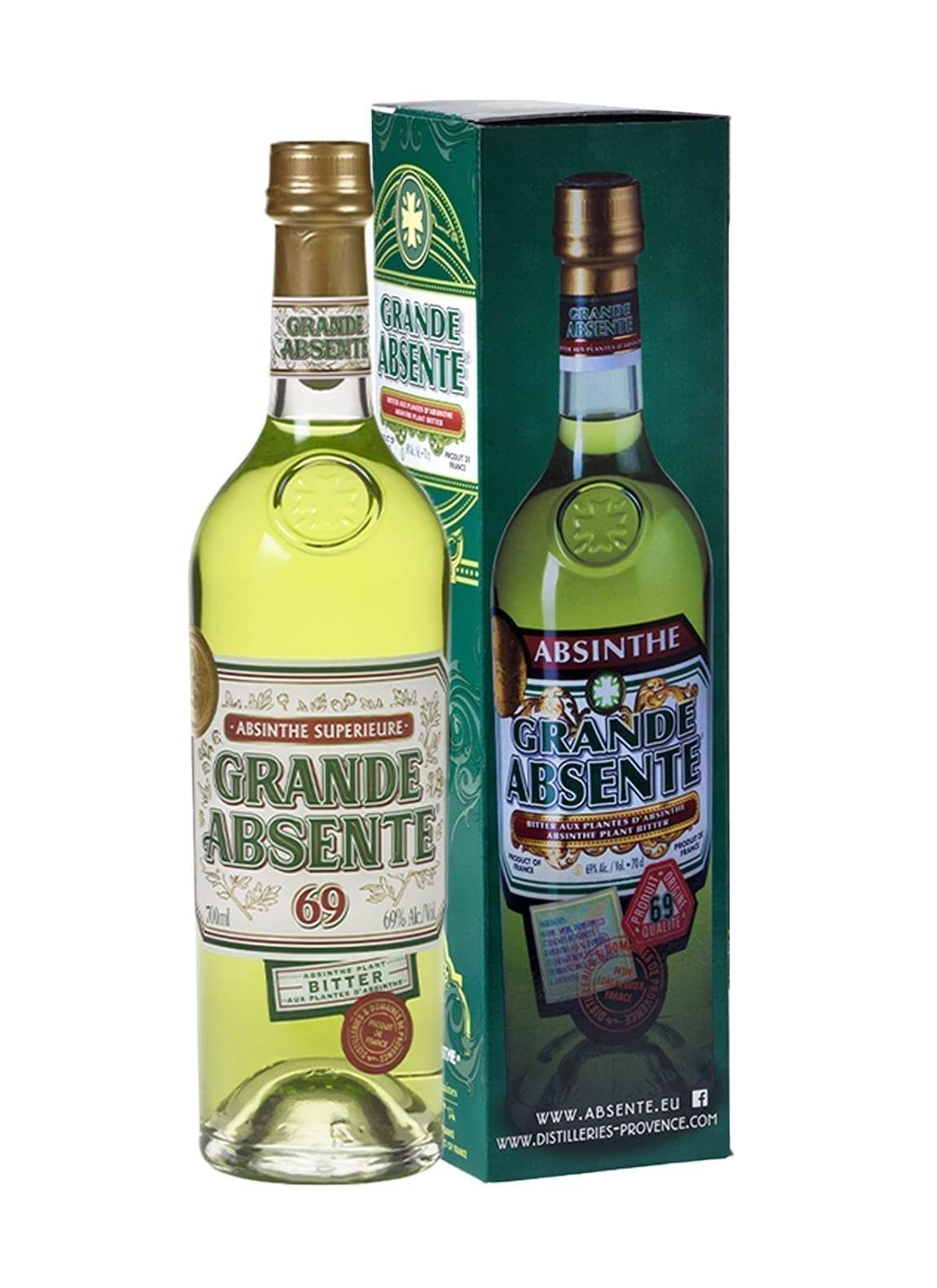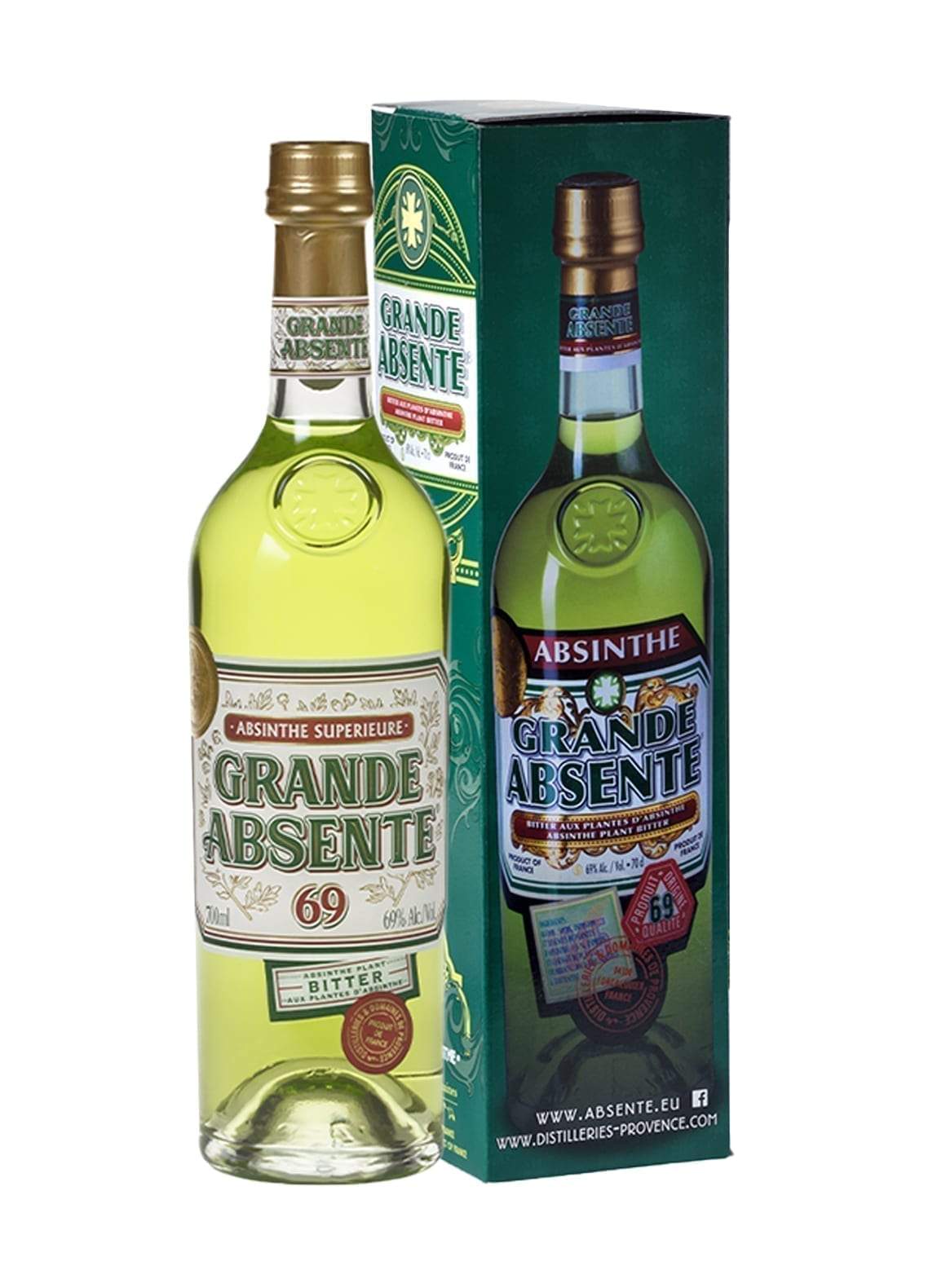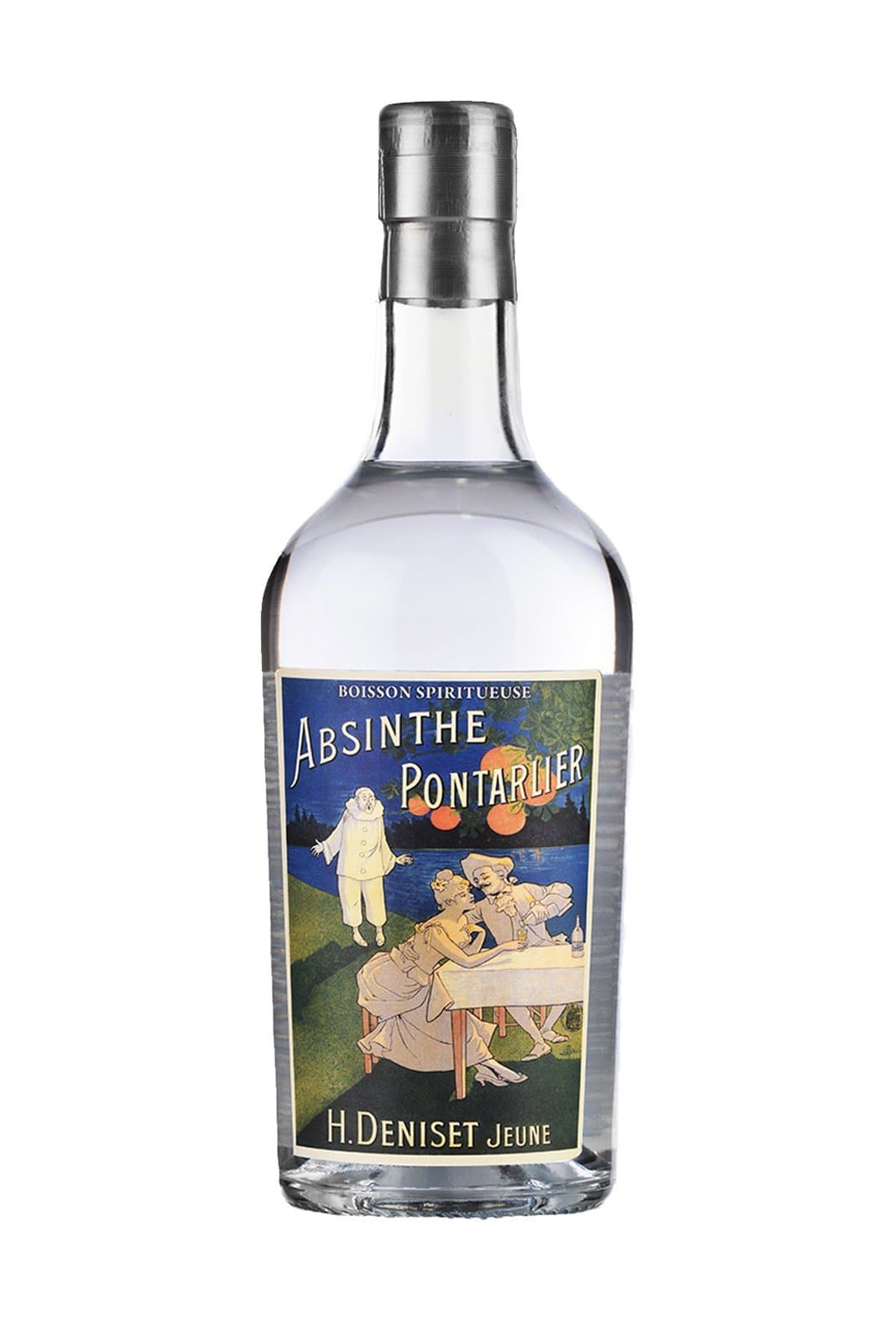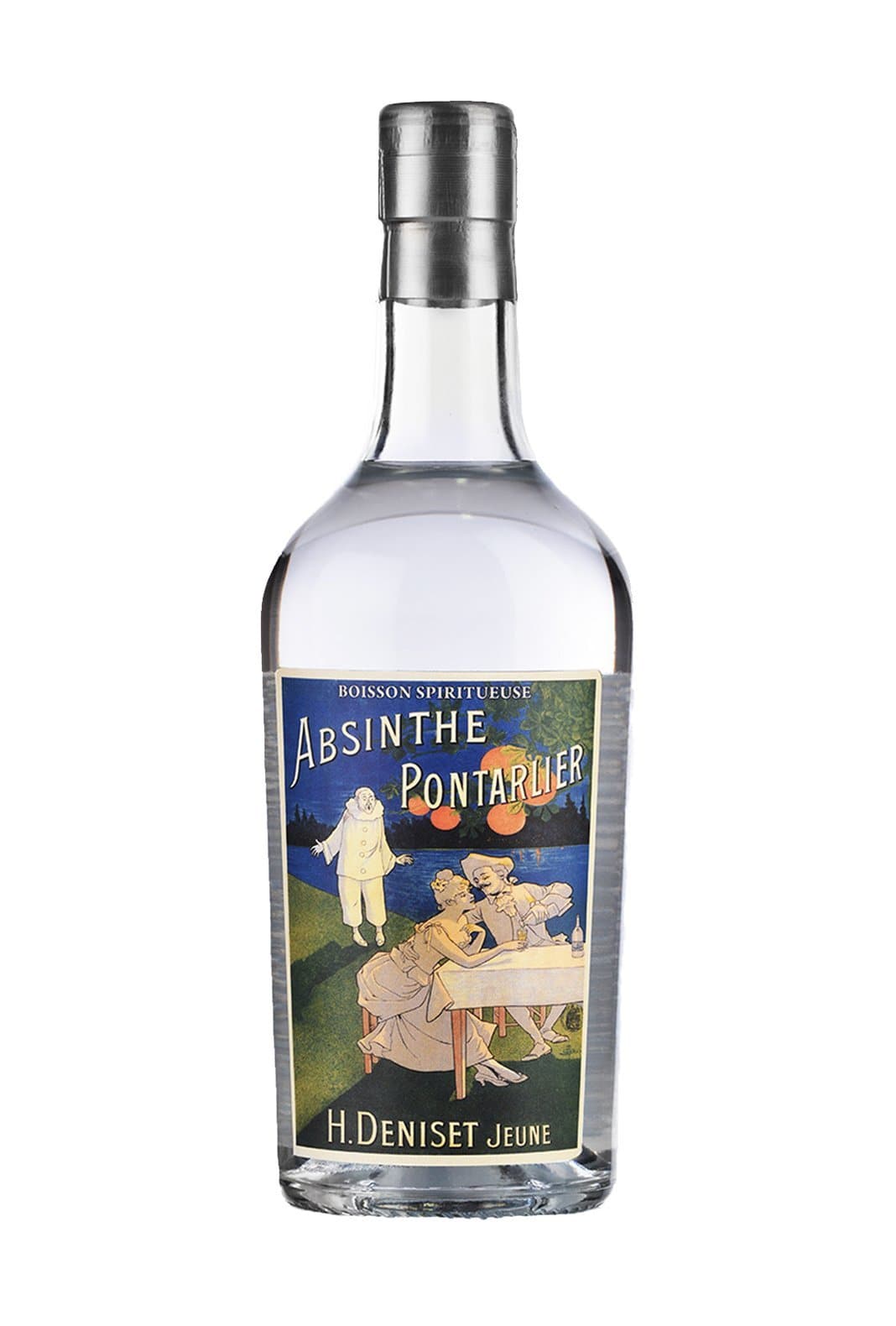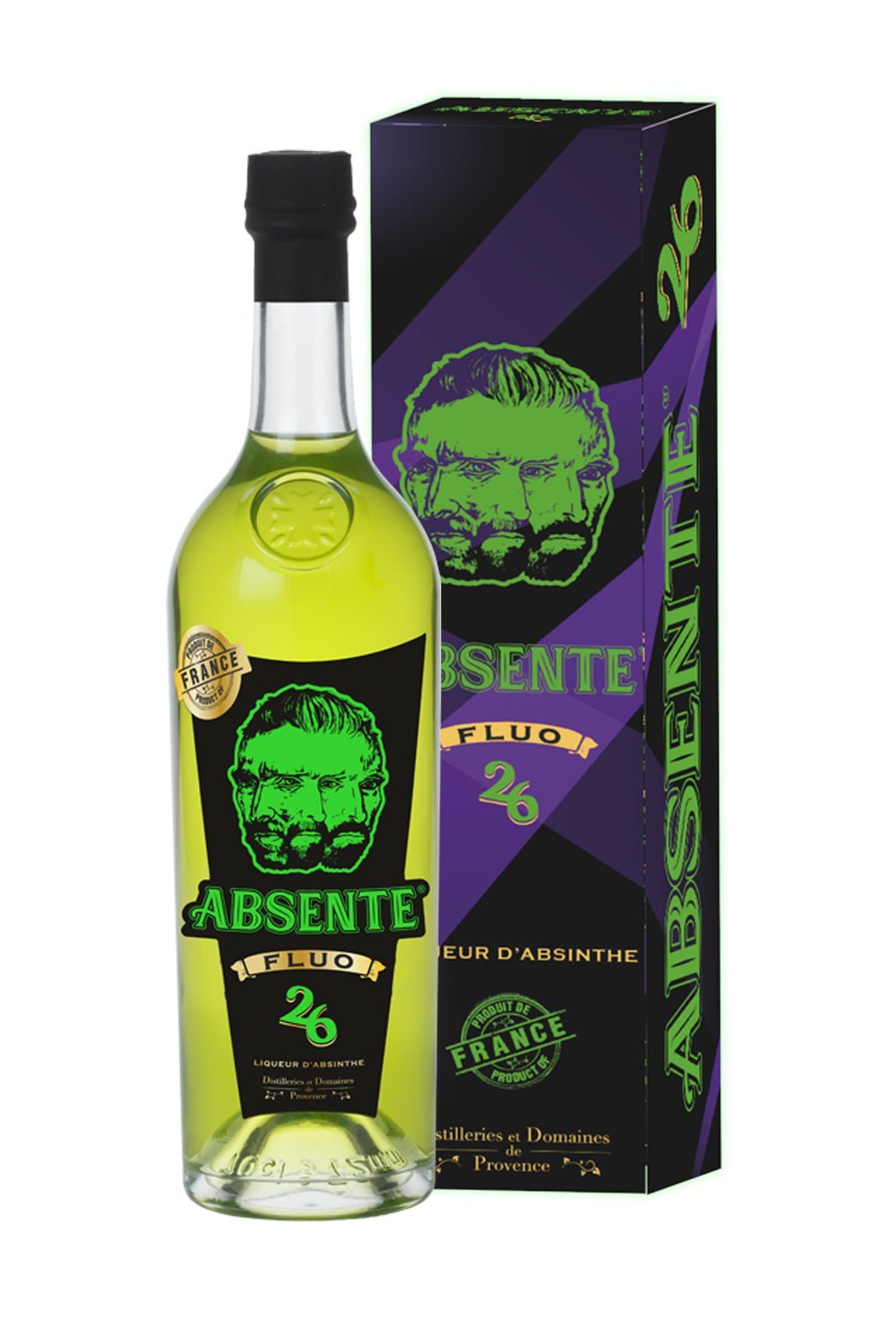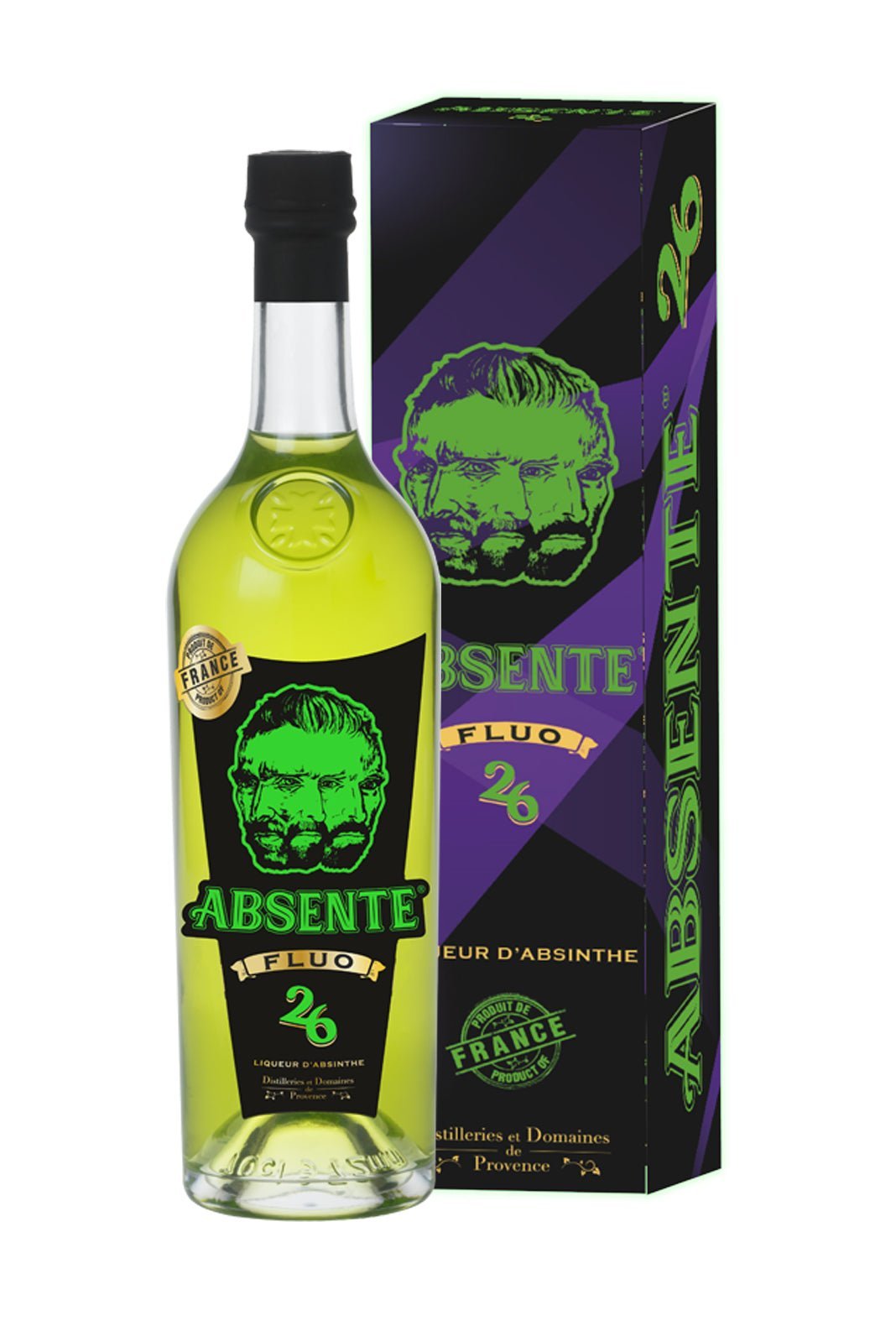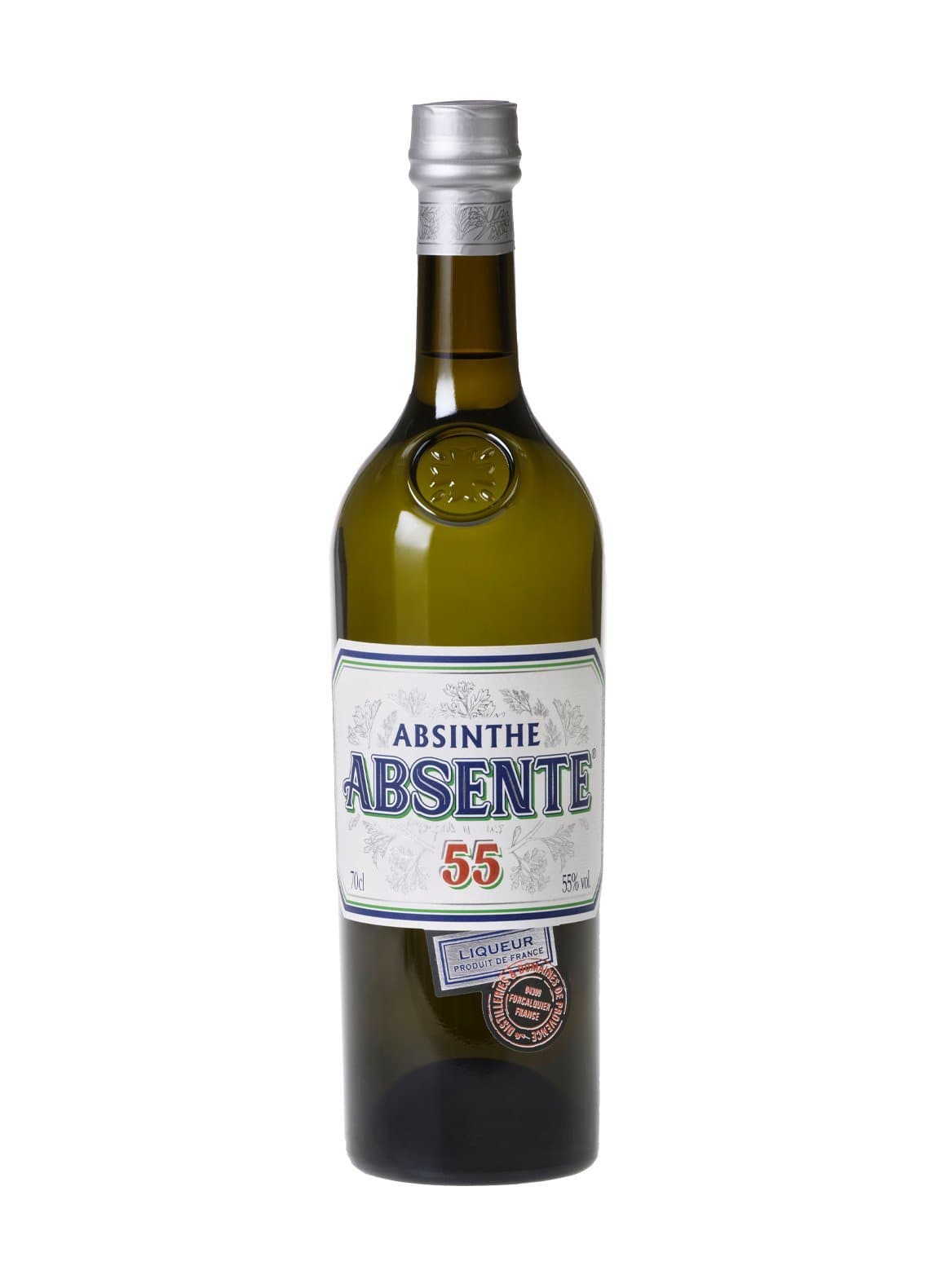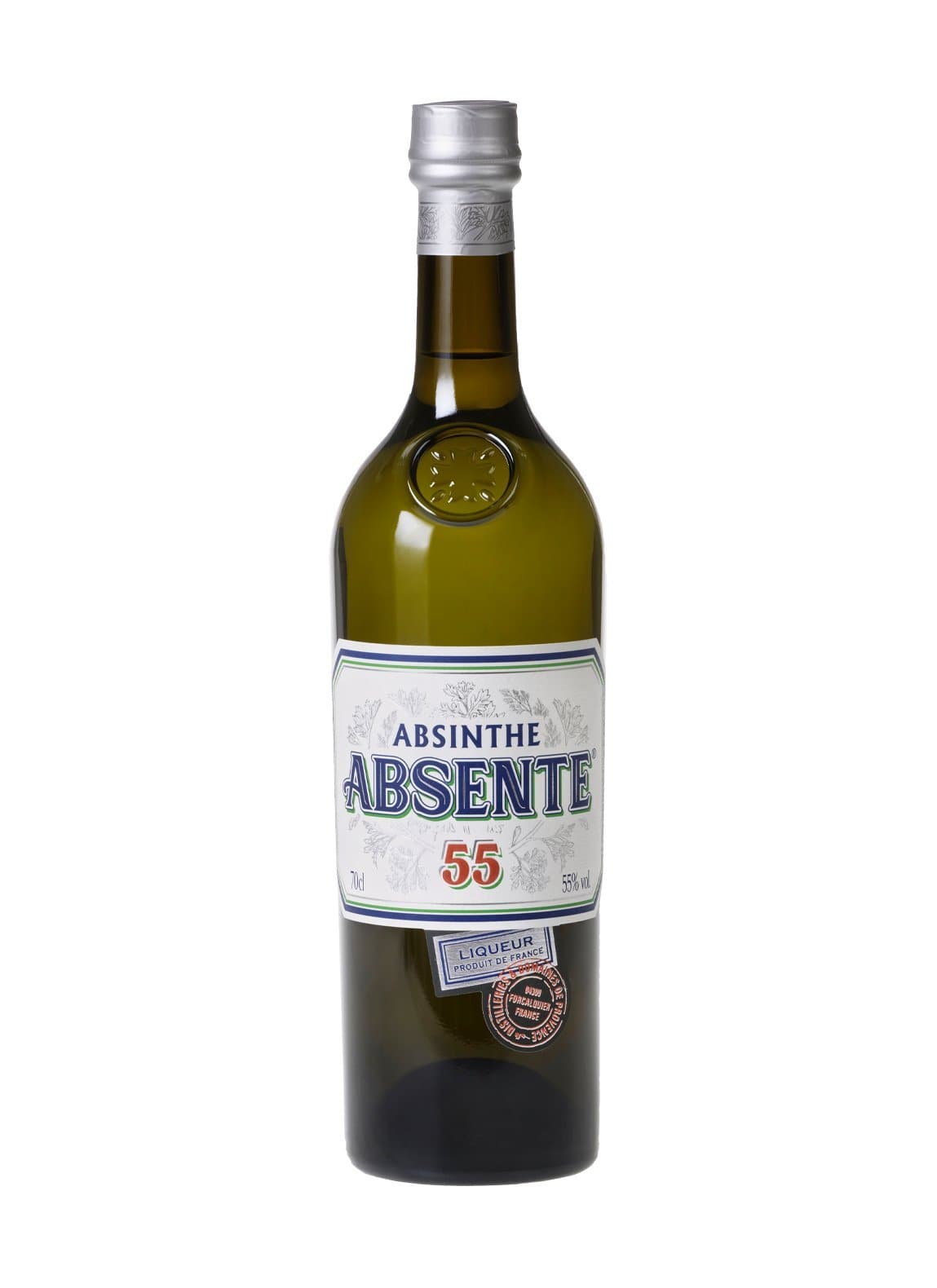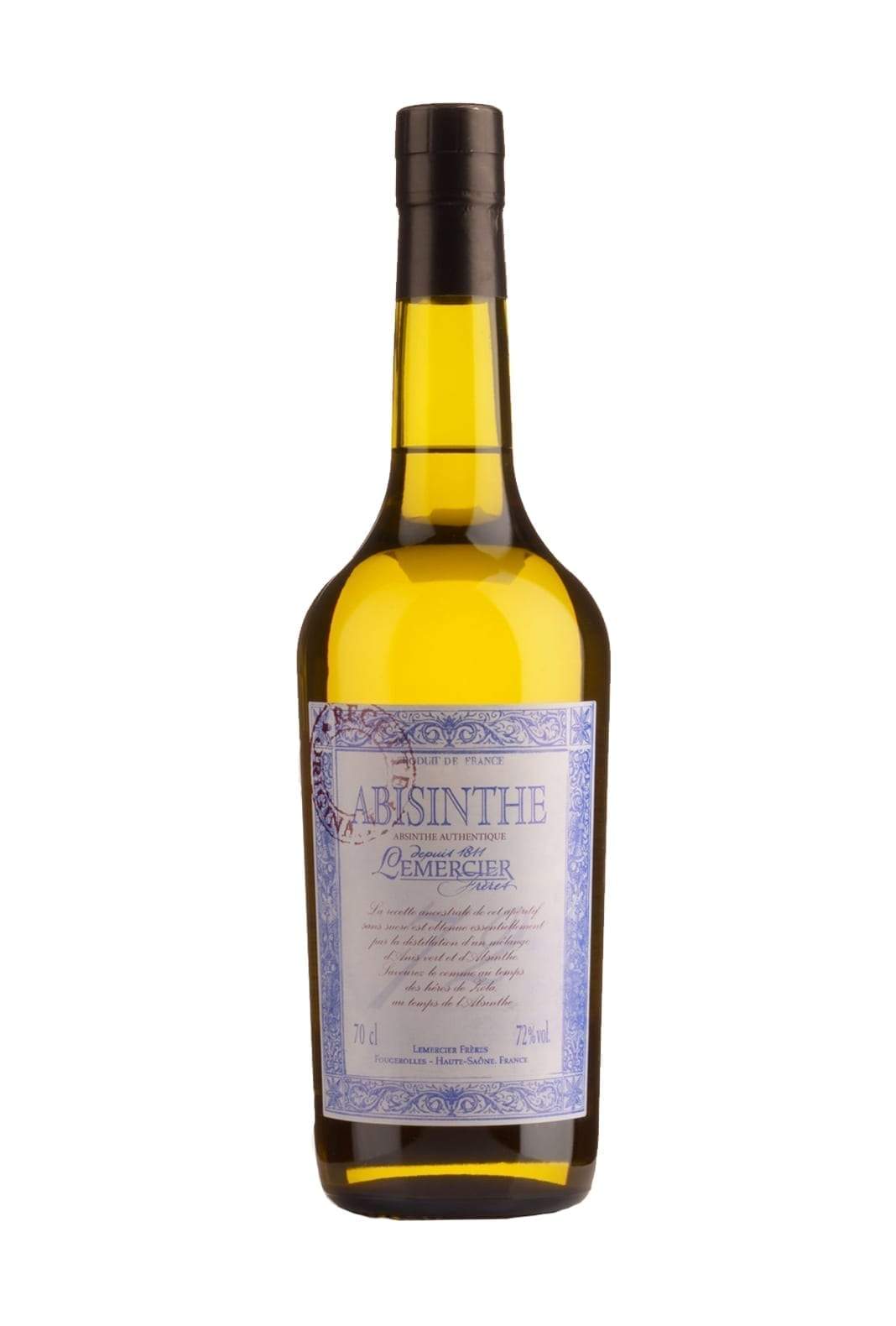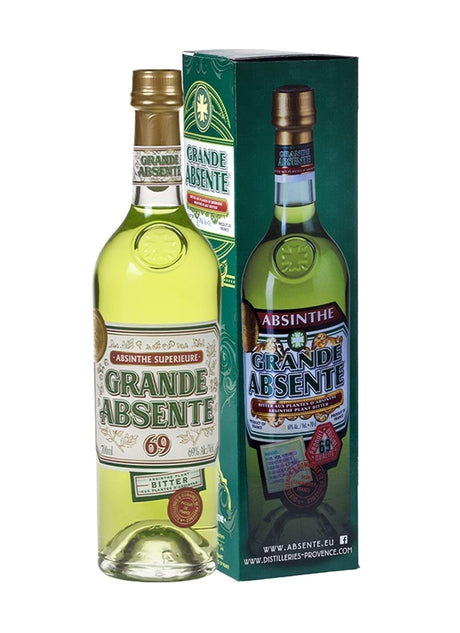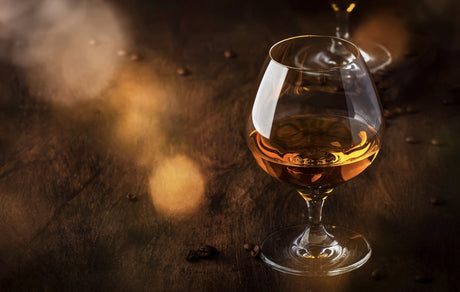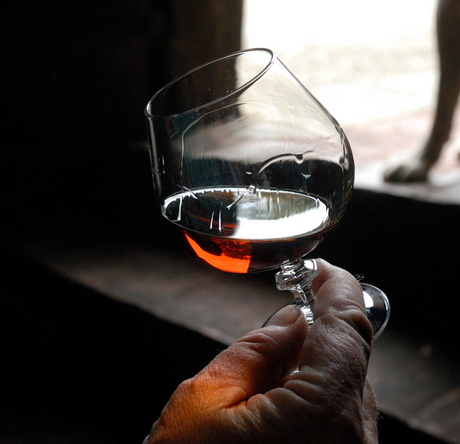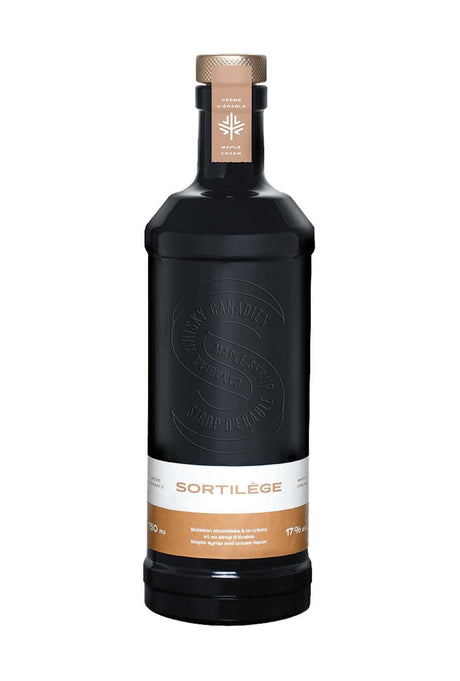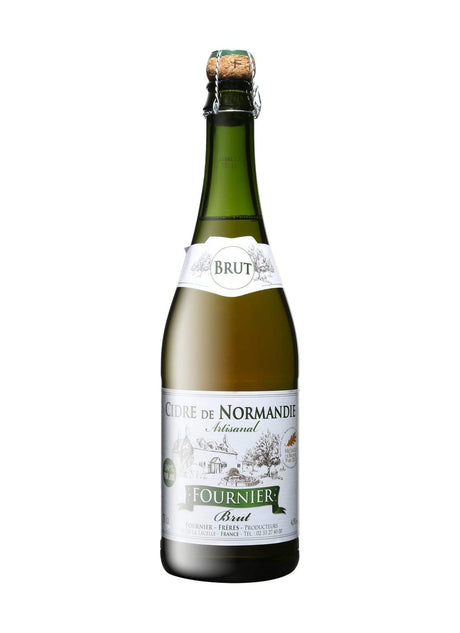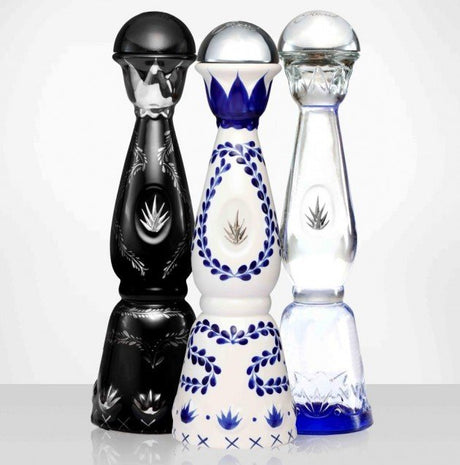The Green Fairy: A History of Absinthe
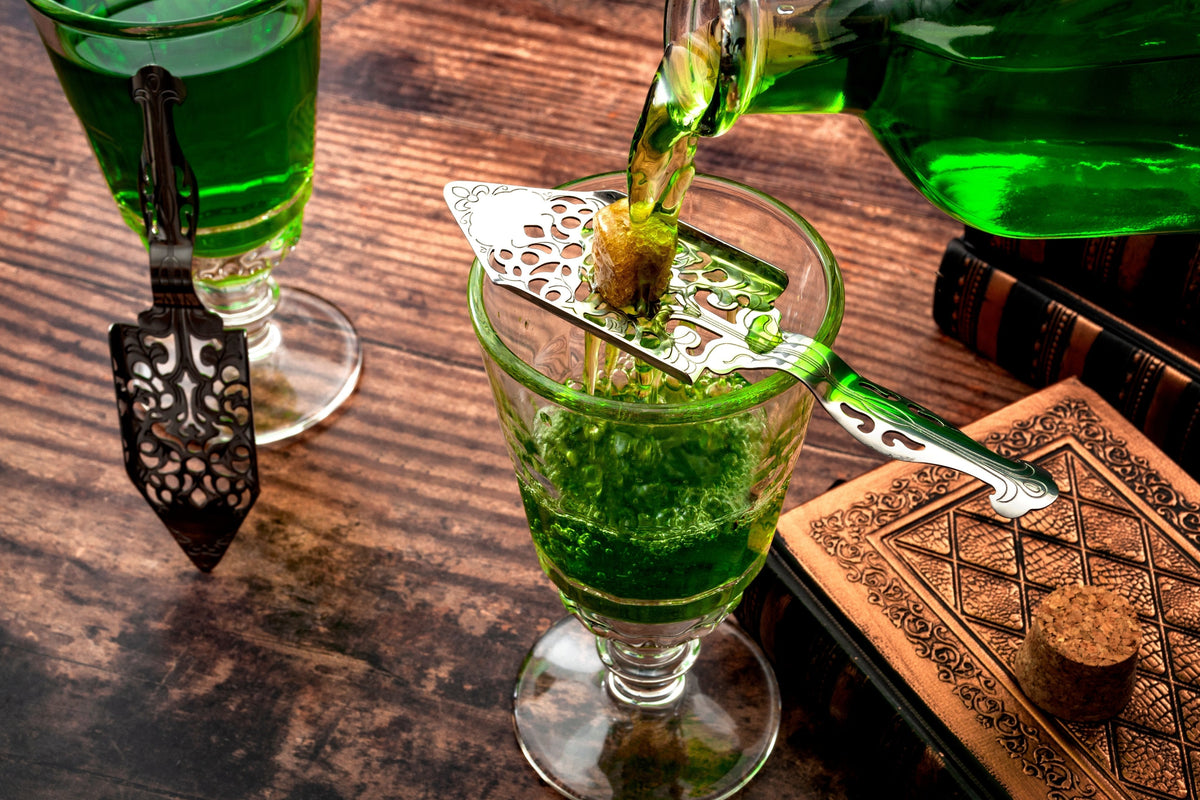
When we talk about Spirits, perhaps the most controversial is the one that is slightly green in colour and believed to drive a person from being a silly drunk to a heinous murderer. But those are just stories or myths that often encircle the green fairy, Absinthe.
Throughout history, this drink is blamed for driving a man crazy, causing hallucinations and convulsions. Still, in spite of being so potent, this drink can be the centrepiece of your cellar.
So let's time travel to 18th Century Europe and dive deeper into this dangerously addictive yet delicious drink, Absinthe.
Best Traditional Absinthe
Distillerie et Domaines de Provence La Grande Absente 69% 700ml is backordered and will ship as soon as it is back in stock.
Description
Description
Grande Absente 69, the modern, provocative "green fairy" which inspires the contemporary art scene, embodies all that is spiritual and anti-establishment.
Caution, you may become mad... about it!
Aside from the traditional absinthe ritual, the different plants and of course the absinthe contained in Grande Absente 69 makes it an ideal addition to an infinite number of cocktails. Shakers at the ready! How do you drink it? A few ideas to use depending on your tastes and desires:
- Traditionally, with the absinthe spoon ritual: Place a piece of sugar soaked with Grande Absente on an absinthe spoon placed on the edge of the glass. Light the sugar with a flame. Gently pour the water over it, to slowly dissolve the sugar and tint the liqueur with an opalescent green.
- Pour the Grande Absente over shaved ice.
- Add a little water only for those who prefer bitter drinks that are not very sweet.
- And those who love strong sensations will appreciate Grande Absente neat, at 69% alc/vol.
- In cocktails.
Tasting Notes:
Colour: beautiful clear green colour with yellow reflections, which look clear and brilliant.
Nose: The aromatic power of grande absinthe dominates with the characteristic camphor and menthol notes which then mix in with fresh anise and spice notes.
Palate: A powerful attack due to the presence of absinthe, then the structured development leaves room for a fresh and spiced final note that gives the product its lingering taste.
Storage: at room temperature, not over 25°C or in the refrigerator. Store the bottle upright. No expiration date.
About the Producer
About the Producer
Best Absinthe for Cocktails
Distillerie Pernot Absinthe Deniset Jeune (Artemisia Absinthium de Pontarlier) 56% 500ml is backordered and will ship as soon as it is back in stock.
Description
Description
The Deniset Jeune absinthe is one of the few clear absinthes made in Pontarlier. It is characterised by its freshness and distinct wormwood flavour.
The name Deniset Jeune refers to a former absinthe producer, Henri Deniset, inventors of the pine-bud liqueur. Henri Deniset started making his absinthe in 1867 in Pontarlier. His distillery became famous under the name Deniset-Klainguer, and after almost 110 years of operation was acquired in 2006 by the Emile Pernot distillery, keeping the important historical brand alive.
The label is a vintage Deniset Jeune absinthe advertising poster, sketched by French artist Marcellin Auzolle, featuring the character Pierrot (beloved by Belle Epoque absinthe producers) in a scene from Don Juan famous play.
Enjoy Deniset Jeune in the traditional way, with fresh water and sugar to taste, or in cocktails.
About the Producer
About the Producer
Best Introduction to Absinthe (flavoured Liqueur)
Distillerie de Provence Absinthe Liqueur Fluo 26% 700ml is backordered and will ship as soon as it is back in stock.
Description
Description
Absente 26 is a low-alcohol absinthe liqueur in the absinthe family. Composed of wormwood, wormwood plants, male aurone, green anise, melissa and peppermint, it becomes fluoresces in the dark under black light (due to the presence of riboflavin, a natural colouring agent).
Serving suggestions: Fresh, on crushed ice or in a shot. Ideal in cocktails.
About the Producer
About the Producer
Best Value Absinthe
Distillerie et Domaines de Provence Absente (Absinthe) Liqueur 55% 700ml is backordered and will ship as soon as it is back in stock.
Description
Description
Absente 55 is enjoyed by those in the know in the true tradition that involves a flame, sugar, water and absinthe… a ceremonial ritual that gives free rein to your imagination.
Absente 55 derives its bitterness from several of the aromatic plants of absinthe (Artémisia Absinthium). The thujone content is strictly regulated in line with legislation (extract from legislation).
The Absente 55 recipe, a blend of absinthe, aniseed flavours, mint and spices, gives it its incomparable colour and unexpected length of flavour.
Adapt to suit your mood and taste: serve using the traditional spoon method, onto crushed ice or, if you love your drinks strong, just serve it neat. With Absente 55 there are no rules.
How do you drink it?
- You can pour the Absente onto crushed ice or ice cubes.
- If you like strong drinks then you can drink it neat.
- If you prefer it slightly bitter and less sweet, simply add fresh water to your Absente.
- Those nostalgic for the past can practice the ritual of bygone days by placing a sugar cube onto an absinthe spoon placed on the rim of the glass and slowly pouring in the water until it melts the sugar and turns the Absente an opalescent green.
Absente can also be flambéed and added to cocktails.
Tasting Notes:
Colour: A beautiful light green with clear shiny glints of yellow.
Nose: A subtle aroma of absinthe blended with anise, mint and spices.
Palate: Round aniseed attack moving onto a well-structured feel thanks to the presence of the amoise, finishing with the fresh, spicy notes (absinthe, lemon balm and mint) which give Absente its length of flavour
Storage: at room temperature, not above 25°C or keep chilled. Store the bottle upright. No use-by date.
About the Producer
About the Producer
Our Strongest Absinthe
Lemercier Absinthe Blue 72% 700ml is backordered and will ship as soon as it is back in stock.
Description
Description
Lemercier Absinthe 72% 700ml - Produced by Distillerie Lemercier Frères, this absinthe named ABISINTHE is made by following the distillery's original absinthe recipes to the letter. The plants and seeds are carefully selected, then macerated and distilled. The absinthe is left to age for 9 months in tanks stored in the storage cellar before being sold. The plants and seeds used in this recipe are wormwood, mugwort, fennel, green aniseed and star anise... The thujone level is less than 10mg per liter.
About the Producer
About the Producer

